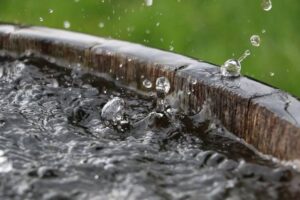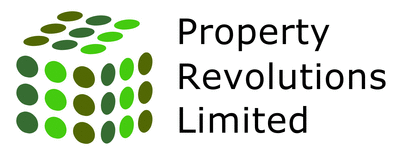
Rainwater harvesting: an eco-friendly practice
In our pursuit of sustainability, it is essential to explore innovative ways to conserve precious resources and reduce our ecological footprint. Rainwater harvesting offers a simple, yet effective, solution. By collecting and utilising rainwater, homeowners can reduce their reliance on mains water, which often uses significant energy for treatment and distribution.
Understanding rainwater harvesting and its benefits
Rainwater harvesting is the practice of collecting and storing rainwater that falls on rooftops and other surfaces. The collected rainwater can then be utilised for various non-potable purposes, such as watering gardens, flushing toilets, and washing clothes. This environmentally friendly practice offers several benefits:
- it reduces the strain on the mains water supply, especially during dry periods or in regions facing water scarcity
- as rainwater is naturally soft and devoid of the chemicals found in treated water, it’s ideal for plants and gardens
- rainwater harvesting reduces storm water runoff, helping to prevent flooding and soil erosion.

The connection between rainwater harvesting and energy conservation
One of the most significant connections between rainwater harvesting and energy conservation lies in reducing the energy-intensive process of mains water treatment and distribution. Treating and pumping water to households consumes vast amounts of energy, contributing to greenhouse gas emissions and straining the energy grid.
By using rainwater for non-potable purposes, homeowners can significantly reduce the demand for treated water, subsequently decreasing the associated energy consumption. Embracing rainwater harvesting is a step towards a more sustainable and energy-efficient water supply system.
Potable water vs. non-potable water
Potable water has more uses than just drinking; it's the water that we use for washing kitchen dishes and utensils. In fact, potable water is used for any purpose that might result in the ingestion of water or when water comes into contact with the skin. When water is not labelled as ‘potable’ it should not be drunk, as it could be a health hazard. For a water tank to store potable water it has to conform to the Water Regulations Advisory Scheme (WRAS).
Non-potable water is not appropriate for human consumption, but it has a wide variety of uses that are essential in our everyday lives, from plumbing to gardening applications. Non potable water tanks are unsafe for collecting water for consumption purposes, as they contain a porous surface which can collect bacteria and affect the stored water. In plastic water tanks, gases can also be given off to further affect the water in the tank.
How rainwater harvesting reduces the carbon footprint
Implementing rainwater harvesting systems can have a substantial impact on reducing a household's carbon footprint. Firstly, by relying less on treated mains water, homeowners can indirectly reduce the energy required to operate water treatment plants and pump water to their homes. Additionally, rainwater harvesting systems are relatively low-energy solutions, as they primarily rely on gravity to transport collected water to where it's needed.
By conserving energy in the water supply process, rainwater harvesting contributes to an eco-friendlier lifestyle and supports global efforts to combat climate change.
Rainwater harvesting system options
There are several options available:
Rain Barrels - rain barrels are an affordable and straightforward option for collecting rainwater. They are usually placed beneath downspouts to catch rainwater from roofs. Homeowners can use this collected water for various outdoor purposes.
Above-Ground Tanks - above-ground rainwater tanks come in various sizes and materials, such as polyethylene or galvanized steel. These larger tanks can store more rainwater and are suitable for both outdoor and indoor use.
Underground Tanks - if space is limited or aesthetic considerations are a concern, underground rainwater tanks offer a discreet and space-saving solution. They can be installed beneath gardens or driveways and connected to the home's plumbing system.
Green Roofs - green roofs not only provide insulation and enhance biodiversity, but can also capture rainwater, reducing runoff and promoting energy conservation.
Our tips for successful rainwater harvesting
Consider the Rainfall - assess the average annual rainfall in your region to determine the appropriate size of the rainwater harvesting system needed to meet your water requirements.
Proper Siting - position rain barrels or tanks close to downspouts and where the water will be most frequently used. Ensure the site is stable and level.
Filter the Water - use appropriate filters to prevent debris from entering the storage tanks and improve the quality of the collected rainwater.
Regular Maintenance - regularly inspect and maintain the rainwater harvesting system to ensure optimal performance and prevent clogging or contamination.
Rainwater harvesting is a sustainable and efficientway to promote energy conservation, while addressing water scarcity. So, let's all come together to harness the power of rainwater and build a greener, more energy-efficient future for generations to come!
Carl Dodd, Property Revolutions Ltd.

